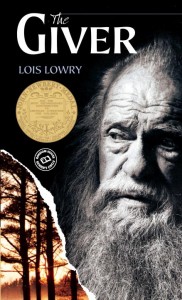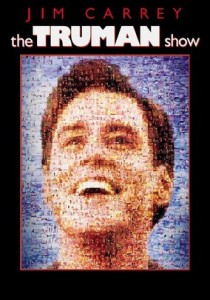A high school teacher of mine in South Africa, Alan Douglas, once ran a bicycling trip for charity at our school. When giving directions, he said to thunderous laughter, “If you get lost, go back to where you last knew you were”. Sound advice indeed if you are going through a life crisis, struggling through a Science experiment, or finding yourself stumped on an essay. Not quite so sound if you are physically lost on your bicycle! So amusing was this statement, that I remember it vividly some thirty years later. Its basic tenet though, drives to the core of sound learning and teaching and that is to think through problems carefully, and try to find solutions which might not always be obvious at first. Applying knowledge, understanding and/or methodology in one area, might or might not work universally. Being able, and prepared, to apply new thinking to our ever-quickening pace of global change is crucial to our future success. Successfully negotiating this environment is partly tied up in how we think through problems/challenges.
How many people have you met in your life who have had a truly original idea? I would have to say that I have met many people from diverse backgrounds on several continents, and I can probably count true originality on two fingers. Most of us adapt ideas from someone else in one way or another. People continually ask for thinking outside the box. However, the vast amount of creativity, knowledge and information is contained within the box, and that is where we should start. Most ideas outside the box have origins inside the box. Bright sparks of creative genius are truly rare. Creative, useful adaptations of existing ideas occur far more regularly, and have been extremely useful in business, science, the arts and almost every other realm of human endeavor. A key component to thinking creatively entails giving children the tools to think in ways which best unlock existing knowledge for them in ways which lead to creative productivity.
As I sit and think through the reality of an environment changing with ever increasing rapidity, I ponder how I might be able to prepare ten-year-old children to excel in their future life course. A few ideas come to mind. Firstly, all information coming into our brains enabling us to make sensible and logical decisions come from an efficient utilization of our senses. Secondly, everything that we need in life we get from other people in one way or another. Combining these two ideas together, I see my overarching goal as helping students bring all their senses to bear on a problem in an enlightened way, and then giving them the self-confidence to express their opinions and thinking publicly. Therein lies an acceptance of change and all it brings, building up the individual’s self-confidence, and learning how to best utilize our senses.


